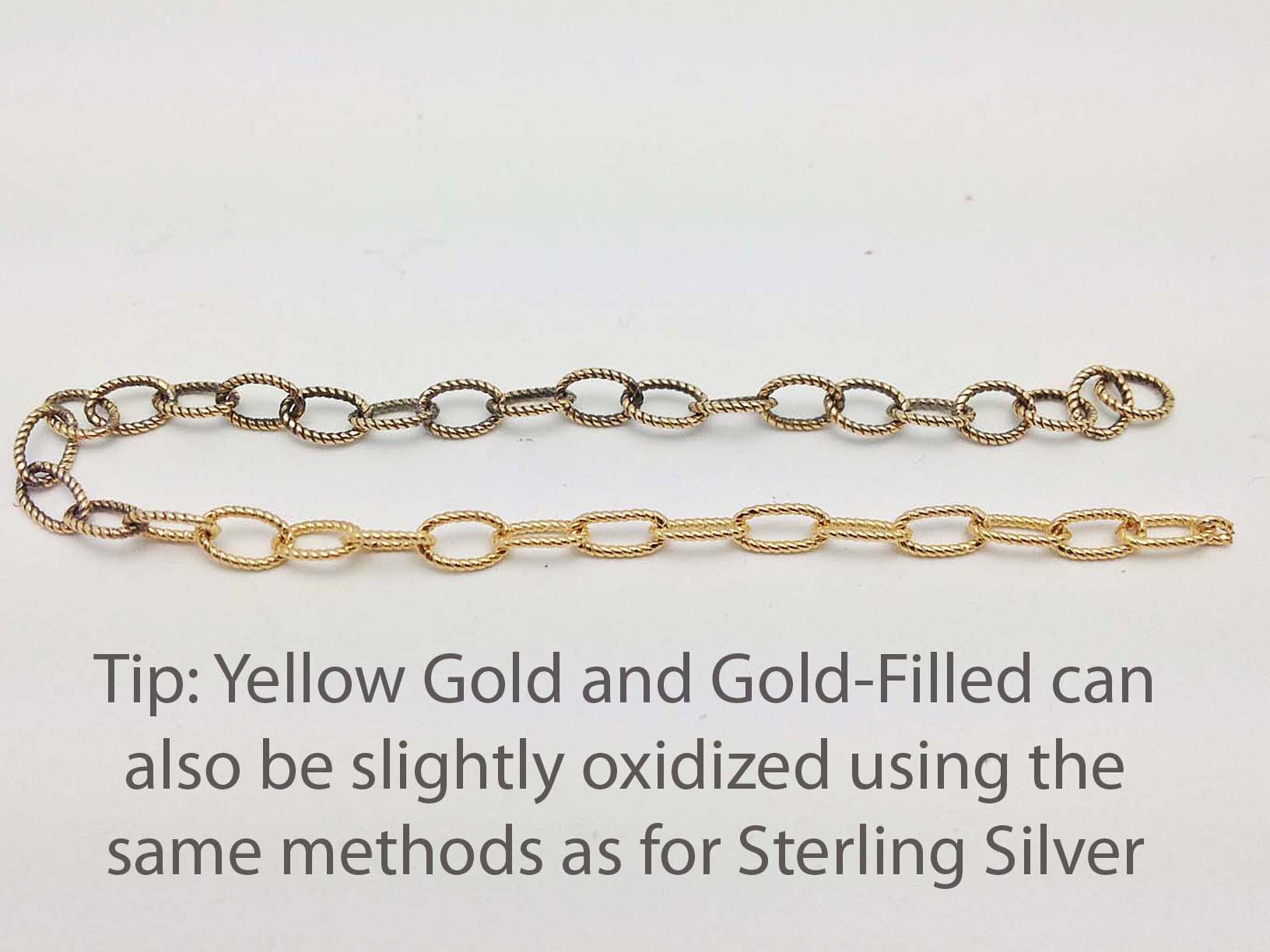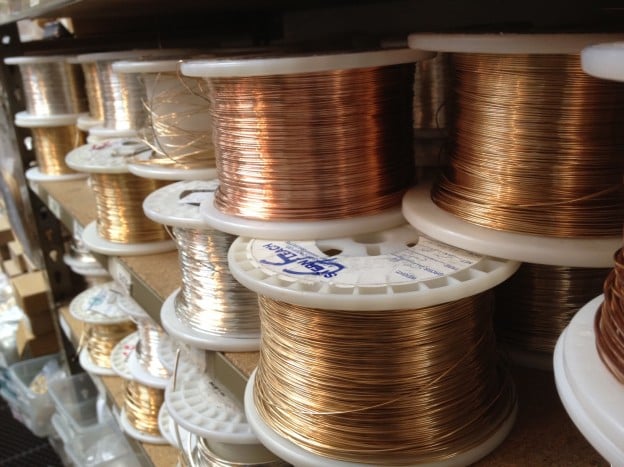Wire is perhaps the most versatile component in jewelry design. The seemingly endless combinations of material, color, shape, thickness, and hardness make choosing the best wire seem like a daunting task, but once you narrow down the scope of your project, it will quickly become clear which will work for you.
In the first part of this three-piece blog entry, we will discuss the different wire materials and colors available right now and some tips for incorporating them with your designs.
First things first: Metal Material
Over the past decade, more advanced manufacturing processes along with greater demand have made more colors of precious metals available on the market. It is possible to find Yellow, White, or Rose color wire along with the findings to go with them in a variety of price points without having to worry about color fading from normal wear and tear.
Usually price considerations dictate which material you end up using. Fine jewelry is often made using 14 Karat Gold in North America, or 18K and higher in Europe and Asia. While it is best to use 14K and 18K Gold when possible, the obvious disadvantage with using high karat gold is that it can be expensive relative to its Gold Filled Beads or Sterling Silver counterparts.
Gold Filled is a material that resists color change much better than simple gold plating because it has a thick layer of 14K or 12K gold which is at least 5% of the total weight of the metal. Although plating techniques have also gotten better in recent years, gold plated material has negligible gold content that is usually less than 10 microns thick (1 micron = 0.000039 inches!). Gold filled by definition is 1 part per 20 parts karat gold, which makes the resulting material more durable, more resistant to color change, and much cheaper than solid 10K, 14K or 18K Gold.
Remember, if you are reselling your designs it is best not to mix and match metal quality. If you are using expensive beads with karat gold parts or Karat Gold beads, it is better not to wire wrap using gold filled or silver wire because it is harder to explain the components that make up your design which in turn makes it a harder sell.
What Metal Colors can I use?
Precious metal wire is typically produced in three colors; Yellow, White and Rose. 14K and 18K Gold is usually available in all three colors, while gold filled comes in yellow or rose. Sterling Silver is naturally a shiny white metal, but it can be darkened to grey or black by oxidizing the metal with sulfur chemicals. The result is that from two precious metals, silver and gold, we have five basic colors to use in our designs!
Bonus Tip: Though less frequently used in designer jewelry, it is also possible to oxidize yellow gold to look a bit darker.

To sum everything up…
Round Wire in Yellow and White Colors have been produced for centuries in precious metals like 14K, 18 Karat Gold, and Sterling Silver but more recently cheaper alternatives like Yellow and even Rose Gold Filled wire have also become readily available. Whether you opt for the traditional Yellow and White metals, or the increasingly popular Rose or Oxidized Black colors, it is a great time to be a wire wrap specialist because of the glut of choices on the market. Choosing the wire color for your project is usually down to personal preference, and as with most art forms, there is rarely a wrong answer.
-Cyrus Nemani, Gempacked

